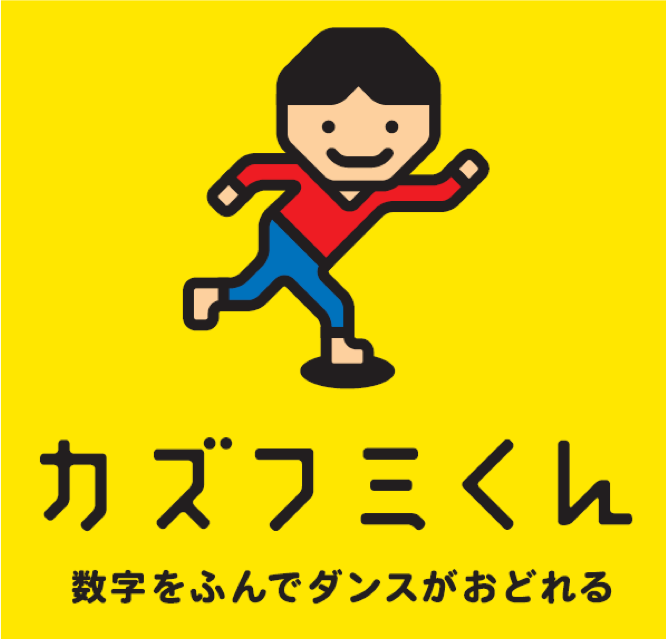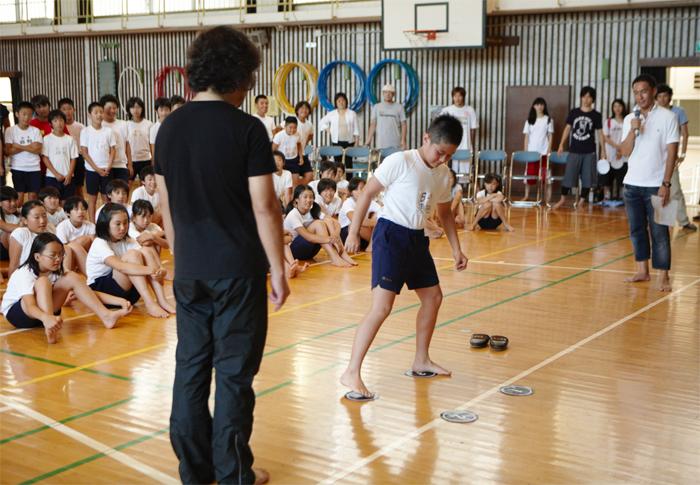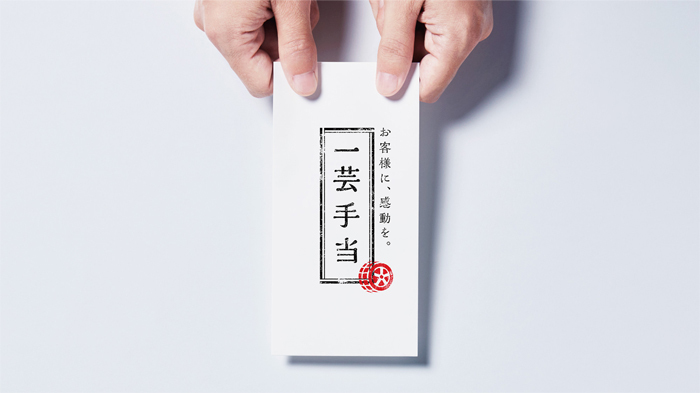WASEDA NEO, which provides a "co-creation space" for leaders shaping the next era to drive true innovation, has partnered with Dentsu Inc.'s news site "Web Dentsu Tsūhō" to launch the "Web Dentsu Tsūhō × WASEDA NEO Collaborative Lecture Series." This online course for working professionals features Dentsu Inc. creators as instructors. The first session will be led by Shinji Muto, Creative Director at Dentsu Inc.
What process hones a project that draws people in? That is the theme I wish to share this time. The crucial point is not writing a visually appealing proposal. It's about the entire team sharing a hopeful process toward a desired goal image and bringing it to life.
This time, I'll introduce three case studies—or rather, three projects my team worked on. Each one might make you wonder, "Why is an advertising agency creator, who makes TV commercials and such, doing this kind of work?" I hope you find some hints in them.
Case ①: An Advertising Agency's "Dance" Business
It all started with a request from Papaya Suzuki, a choreographer I knew through work. He explained that dance had become a mandatory subject in schools starting in 2012, leaving educators at a loss. After all, it was new for both teachers and students, meaning there were no established "textbooks." So, we launched a project: create a method, like a "score," that anyone could easily dance to, and share it using iPhone apps, YouTube, and other platforms!

The idea was inspired by a famous toy. The foundation of dance is "shifting your lower body weight." So, we placed numbers 1 through 4 on the floor, and the idea was to step on those numbers in rhythm. That's how the method got its name: "Kazufumi-kun."

We also held a demo class by Papaya Suzuki. Not teaching, but letting them experience it. Not learning, but experiencing it. That joy comes through even in the photos.
Later, the project itself became a book, leading to a collaboration with an English education company. This evolved into developing a dance school business, culminating in the "Papaya-style Kids Dance Academy" in 2014. The starting point for everything was the realization: wouldn't it be great to have a "score" instead of a textbook? From there, the idea grew, and people gathered around it. Furthermore, by setting a clear goal image and sharing it with others, the plan took shape and became a business. This is how that initial insight was refined.
Case ②: "Special Talent Allowance" HR Reform
This case involves "Auber," a company in Shizuoka Prefecture that buys and sells used cars. Their initial request was, "We want to create a new TV commercial." Their current ads felt outdated, so they wanted something fresh. That was certainly an immediate problem. But I suspected there might be a more fundamental issue underlying it. With that thought, I interviewed the company's president and employees. It was more like casual conversation than formal interviews. As a result, we heard remarkable stories, like raw diamonds waiting to be polished.
The frontline staff were constantly thinking, "How can we make our customers happy?" and acting on it. For music-loving customers, they hand over a recommended playlist of their favorite music genres when delivering the car. When buying a car, they take a final commemorative photo with the beloved vehicle, frame it, and present it as a gift. These are all thoughtful touches practiced daily by employees whose hobbies or skills involve music or photography. Instantly, the motif of "special talent entrance exams" or "special talent hiring" popped into my head.

Employees undergo training under external mentors to hone a unique skill applicable to customer service. The company fully backs this effort, naming it the "Special Skill Allowance." This evolved into an "Internal Mentor System" where employees pass down their skills to one another. The core strength of this initiative lies not in mere advertising, but in elevating the project itself into a formal "HR system."

Graphic ads featuring our employees. The tagline "When it comes to selling cars, it's about moving customer service." conveys the genuine passion of each individual employee.
Buying or selling a car isn't the end of the story. Instead, we ask: How can we truly move our customers? What can I personally do to achieve that? By amplifying this mindset throughout the company via this project, it boosted employee motivation and loyalty, elevated customer service, and ultimately influenced advertising, PR, and recruitment. This case demonstrates how uncovering hidden gems (raw talent waiting to shine) from the field solved fundamental issues and sparked diverse initiatives.
Case 3: Grandpa and Grandma's Rock 'n' Roll
This project began with a request from Mr. Karimata, who runs a video production company in Okinawa. He asked, "I believe Okinawa's grandpas and grandmas live long lives because of song and dance. Couldn't we use that as a catalyst to energize Okinawa?" Indeed, images of grandpas and grandmas dancing joyfully to the sound of the sanshin (three-stringed instrument) are often seen on TV. But simply having them sing folk songs wouldn't be interesting. So, what about rock 'n' roll? That's the idea we proposed. What if we taught rock 'n' roll to grandpas and grandmas aged 65 and over and had them sing it?
It might sound surprising, but the idea was inspired by "idol groups." What if we "replaced" the singing and dancing members of an idol group with grandpas and grandmas? Wouldn't that create an explosion? The plan worked. Starting with their stage debut at the Okinawa International Film Festival, they went on to participate in festivals. They got media coverage and even held a solo live show lasting 2 hours and featuring 17 songs. They appeared in local commercials. What began as a project with just 3 members is now a large group of 60 grandpas and grandmas.
The starting point for ideas is always absurd. But we imagine the goal ahead and work backwards to create a process that makes everyone happy. When the power of many people converges there, it creates countless smiles. This project has given us that tangible experience.

Formed in 2016, this singing and dancing rock 'n' roll chorus group has an average age of 70. Centered around rock 'n' roll, they perform cover songs of pop, blues, gospel, and more that appeal to all ages and genders. They are active in events, stages, musicals, TV commercials, and programs throughout Okinawa Prefecture.
What the cases introduced here have in common is that "imagination" is more important than "creativity." Starting from the "discovery" (realization) of phenomena or cases right before your eyes, imagine the "process" leading to the goal. Work backwards from that goal to find a motif that can serve as a model. Refine the plan.
And here's the most crucial point: "Send your cute ideas on a journey." Simply giving shape to an idea and calling it done results in small-scale work. Expand its reach, deepen its impact, and grow the community of people who recognize its value. That's where "surprise and empathy" are born. This is the way of my beloved team—or rather, my way—and it's the universal recipe for all the work that brings "somehow interesting ideas" to life.
Past columns by Shinji Muto can be found here:
The official WASEDA NEO website is here:
WASEDA NEO is a forward-looking learning community operated by Waseda University, dedicated to "renewing knowledge, output, and building supportive networks for the future." It is based at the Nihonbashi Campus in Chuo Ward, Tokyo. The campus hosts various seminars and workshops while also providing spaces for member interaction, such as networking events.
(Editor's Note) Hope lies beyond learning.
The keyword our editorial team set for launching this series is "Hope lies beyond learning." It echoes a passage from a 1909 speech by Shigenobu Ōkuma, former President of Waseda University: "Human beings live by hope. Hope itself is the life of humanity."
In today's world, both individuals and companies face anxiety and stagnation. Especially amidst the COVID-19 pandemic, no one can believe anything. Nothing can be trusted. Media, particularly social media, often becomes a vent for stress. People seek to calm their own minds by criticizing someone or something. But true satisfaction cannot be found that way.
Forced to stay home, we seem to be rediscovering the importance of "cultivation." How can this heal the heart? Actually, I've always struggled with this. What does the other person think? How do they feel? Such small realizations awaken a great spirit of inquiry. They invite us on a journey of imagination that transcends time and space. Isn't that the very value of "cultivation"?
When the desire to learn sprouts, people become humble. They can be kinder to others. They can truly respect those who came before. That feeling transforms into hope for living. Hope lies beyond learning. I hope this series becomes your ticket to a "journey of knowledge."







